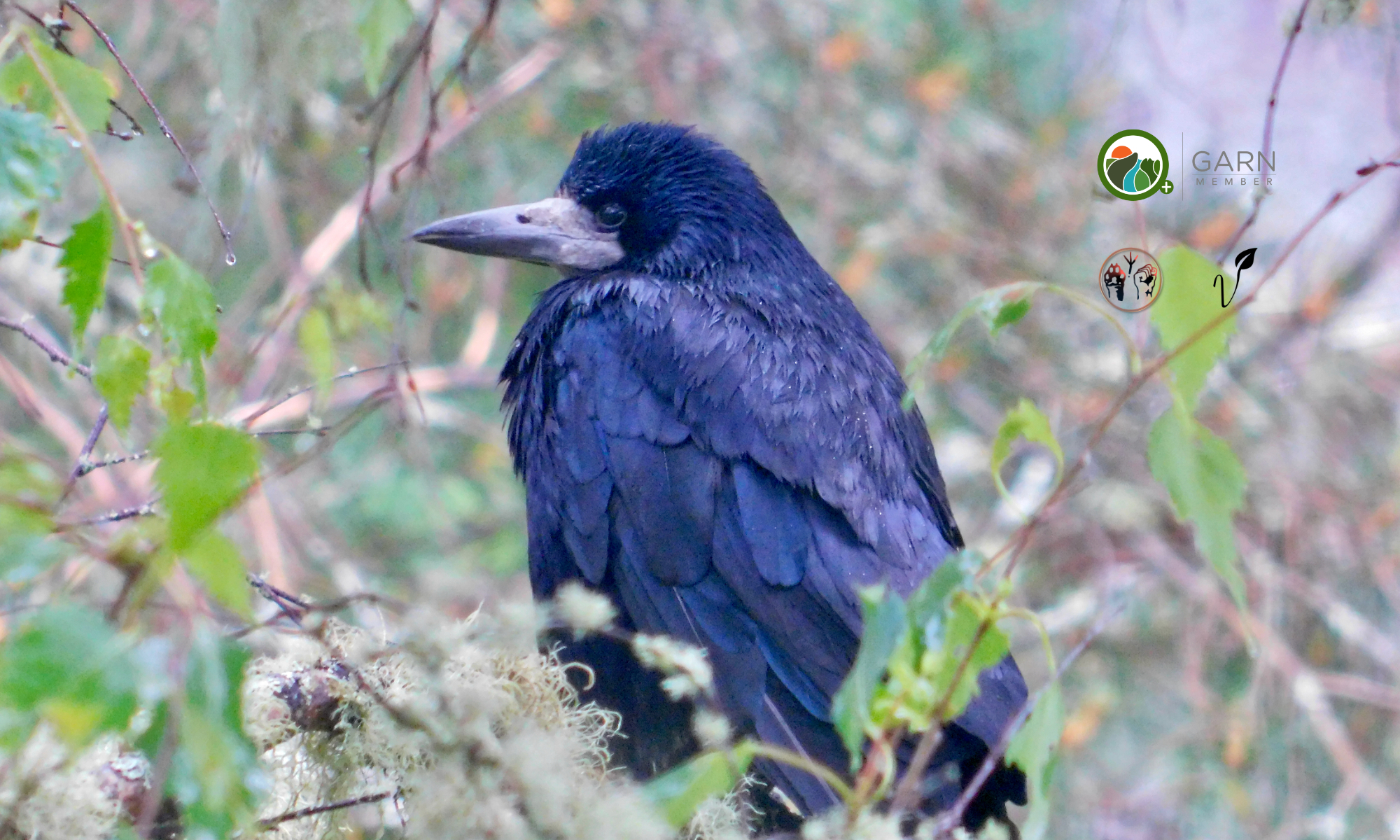During the summer months birds require high protein foods, especially during their moult. During cold winter weather birds will benefit from high-energy or high-fat foods, which will help them to maintain their fat reserves and to survive frosty nights. Autumn is the time to change the composition of bird foods offered and perhaps the arrangement of your feeders. It is relatively easy to plan for winter bird feeding.
Cats, Cars And Wildlife
Editor's note: An updated and republished version of this blog post is available by following the link below. Cats, Cars And Wildlife
What have cats, cars and wildlife in common? Cats are domesticated companion animals, cars are manmade machines, and both are able to kill living beings when not supervised or controlled. Cars kill cats and wildlife, and cats kill wildlife too. Neither of both scenarios is ‘natural’, both are artificial and manmade. So what is the impact, and what can be done to keep both, our beloved companion cats and wildlife, safe?
Continue reading “Cats, Cars And Wildlife”Plumage Problems In Wild And Captive Corvids
A grounded premature rook or crow with white, brittle or partly broken wing and tail feathers needs expert and longterm care to allow the damaged feathers to be replaced during their annual moult. Birds affected should not be released before their complete annual moult, which happens for fledglings born this year in the summer of the following year. Otherwise it will be unlikely that these birds are going to survive their first winter, as the deficient plumage will quickly deteriorate further. This usually means that these birds will eventually become grounded. They will get easily wet and hypothermic, are prone to predation and will soon be unable to sustain themselves.
Continue reading “Plumage Problems In Wild And Captive Corvids”
The Science Behind Caramel Crows
This fascinating blog post by Kaeli Swift gives some detailed insight into the topic of what controls feather pigmentation in birds, and in particular corvids.
Shared with the kind permission of Kaeli Swift of Corvid Research.
Generally, when I receive emails with the subject line “interesting crow” it’s because the author noted some peculiar or amusing crow behavior they want to share, or because they spotted an unusual looking crow due to AKD, leucism or avian pox. Rarely, it’s for none of these reasons and is truly a horse of a different color. Or in this case, crow.[…]
via The science behind caramel crows — Corvid Research




